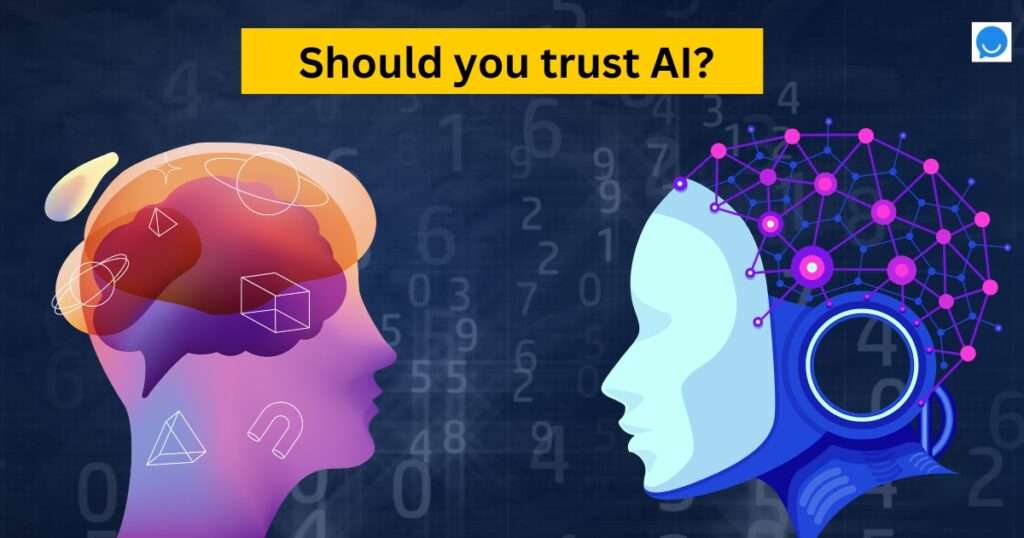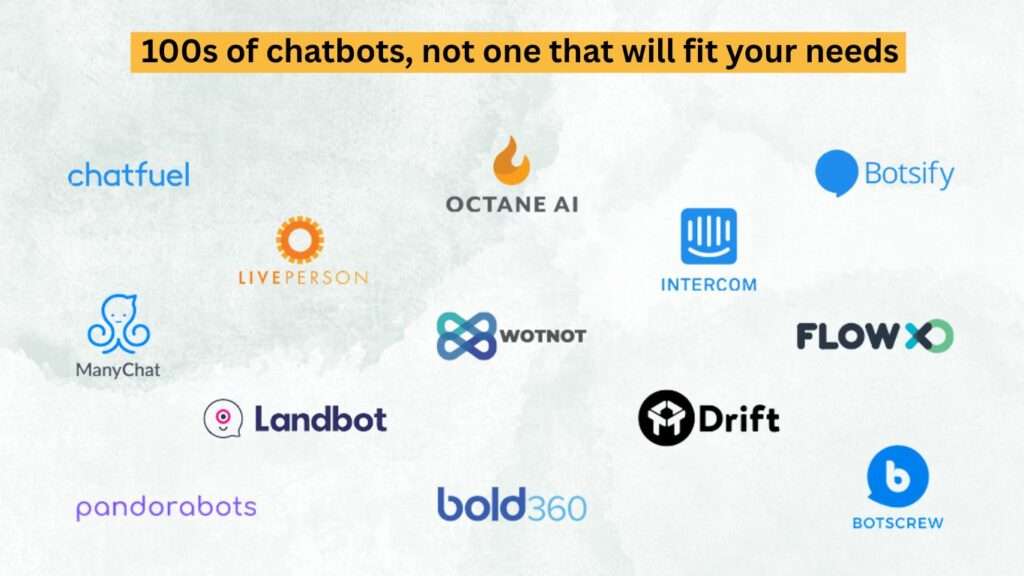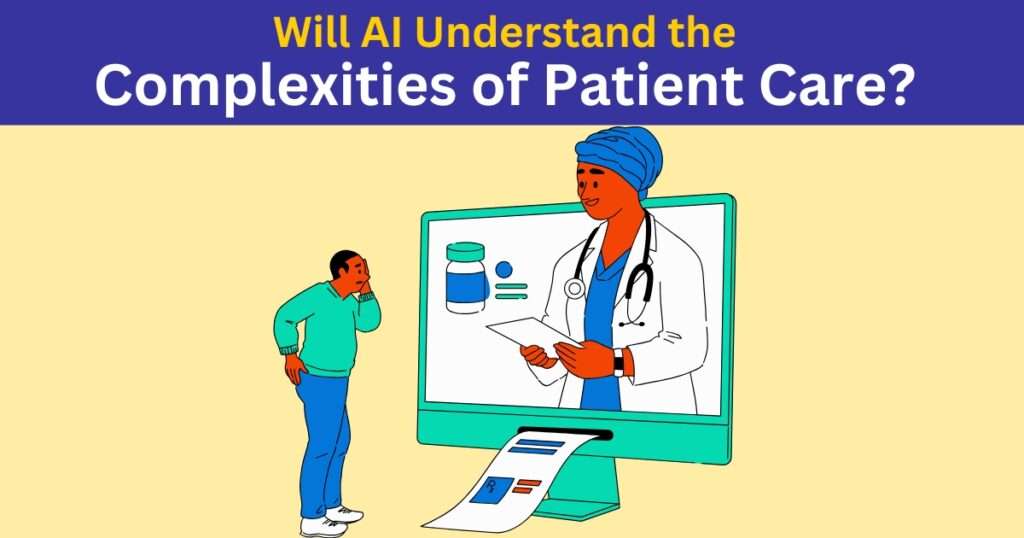Understand the causes behind AI chatbot hallucinations. Explore factors affecting accuracy and strategies to improve reliability in interactions.
Ever chatted with a helpful bot on a website, only to have it recommend a product that, well, doesn’t exist? Or maybe it throws out some seriously bizarre advice that leaves you scratching your head. Welcome to the world where chatbots do hallucinate!
What are AI hallucinations?
Imagine asking an AI Chatbot about the Obama family history. If the chatbot lacks specific information, it might not just say “I don’t know.” Instead, it might create a whole backstory – a Revolutionary War hero ancestor, a suffragette great-grandmother, and so on. This elaborate, fabricated narrative is the “hallucination.”
AI hallucinations are like mistakes chatbots make when they create stories instead of admitting they don’t know something. This happens because they’re trained on massive amounts of information, but that information might not always be accurate or complete.
The Downside of Chatbot Glitches
A chatbot hallucination might seem funny at first, but for businesses, it can be a real nightmare. Imagine a potential customer asking about a new phone, and the chatbot starts raving about a magical flying unicorn phone (because, hey, there’s no info on the new phone in its training data!). This can seriously damage a brand’s reputation and lead to lost sales. Here’s how chatbot hallucinations can hurt your business:
- Bye-Bye Customer Trust: If customers rely on your chatbot for accurate information and it starts spewing nonsense, they’ll lose trust in your brand faster than you can say “hallucination.”
- Brand Reputation Takes a Hit: Imagine the horror of a chatbot recommending your competitor’s product! Inaccurate and misleading information can quickly tarnish your brand’s image, especially on social media.
- Wasting Money on a Glitch: Investing in a chatbot that malfunctions is like buying a car that only drives in circles. Businesses can lose valuable resources trying to fix a faulty chatbot, impacting their bottom line.
So, Why Do AI Chatbots Hallucinate?
Chatbots hallucinate as told by Google because they’re trained on massive amounts of data, but that data might have gaps. When you ask a question about a topic the chatbot isn’t familiar with, it tries to fill those gaps with its own creative inventions. This can be misleading, so it’s important to be aware of the limitations of chatbots.The result? A complete fabrication – a full-blown hallucination.
Large Language Models (LLMs) can sometimes create seemingly factual responses that are entirely fictional – these are AI hallucinations. While the exact mechanisms are still under investigation, researchers have identified several key factors contributing to these glitches:
- Data Quality: LLMs are trained on massive amounts of data, but that data isn’t always perfect. Sources like social media can contain noise, errors, biases, or inconsistencies. Imagine feeding a student a textbook full of typos and misinformation – that’s essentially what happens when an LLM is trained on low-quality data. This can lead the model to make up stories when it encounters a topic not present in its “textbook.”
- Generation Method: Even with high-quality data, the process of generating responses can go wrong. The training methods themselves or biases created by the model’s previous interactions can lead it astray. Think of a game of telephone gone wrong – the message gets twisted at each step. Additionally, the model might have a preference for using certain words or sentence structures, influencing the information it generates and potentially leading to fabrications.
- Input Context: If the prompt you give an LLM is unclear, inconsistent, or contradictory, the model might struggle to understand your intent. Unlike data quality and generation methods, you have control over the input context. By formulating clear and concise questions, you can help the LLM understand what you’re asking and minimize the chances of it resorting to hallucinations.
Here’s the thing: human language is messy. We use sarcasm, jokes, and double entendres that can easily confuse a chatbot. If a question is phrased in a way the bot hasn’t been trained for, it might misinterpret the meaning and give you a nonsensical response. On top of that, AI technology is still young. The algorithms powering chatbots, while impressive, can have limitations. These limitations can manifest as inaccurate outputs, leading to some seriously strange “hallucinations.”
The Future of Chatbots: Beyond the HallucinationsAI chatbot technology is constantly evolving. As the field progresses, we can expect chatbots that are more sophisticated, better at understanding natural language, and less prone to hallucinations. But for now, the responsibility lies with businesses to implement best practices and ensure their chatbots are reliable and trustworthy extensions of their brand.
We have tried to build a 99% hallucination-free chatbot at Beyondchats. Do check it out!





